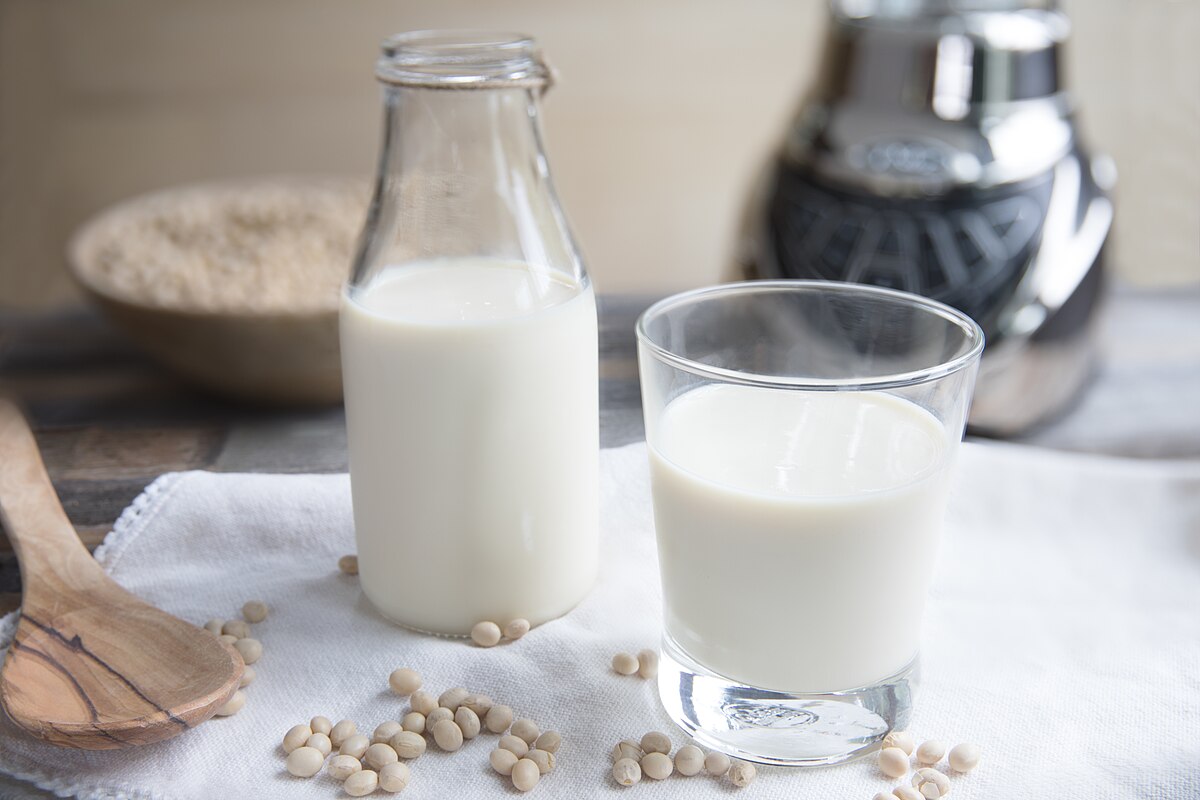Transitioning Away From Breastfeeding: You Do Not Need to Offer Cow’s Milk

Learn how to wean your toddler without cow’s milk—understand the drawbacks of dairy, explore plant-based calcium sources, and discover holistic, nourishing alternatives to support your child’s growth and development.
When weaning your toddler from breast milk, you may be told that cow’s milk is the next step. This is a common recommendation in conventional circles, but in my opinion, it is not necessary. And from a holistic standpoint, it may do more harm than good.
Medical Medium has long explained that dairy is one of the most problematic foods for children and adults. It can contribute to excess mucus, chronic ear infections, eczema, digestive issues, and inflammation in the body. Cow’s milk also burdens a toddler’s liver, which is already working hard to filter out inherited toxins and adjust to solid foods.
Humans are the only species that regularly drink milk from another species, especially into adulthood. Your toddler does not need milk from another species to grow strong and healthy. Once breastfeeding has ended, depending on your toddler’s age, you can focus on water, fresh fruits and vegetables, and other nourishing foods to meet their needs including bioavailable forms of calcium. A thoughtfully varied diet provides the same—and often better—support for calcium, healthy fats, protein, and growth than cow’s milk ever could.
Why Some Families Avoid Cow’s Milk
From a Medical Medium perspective, dairy is one of the top foods to avoid for children with chronic symptoms or sensitivities. Cow’s milk, cheese, and yogurt can:
- Contribute to mucus buildup and congestion
- Feed underlying viral or bacterial pathogens
- Trigger eczema, acne, sinus issues, or ear infections
- Overburden the liver, especially when combined with other inflammatory foods
Even if your child seems fine on dairy, many symptoms labeled as normal toddler behavior—like bloating, mood swings, poor sleep, runny noses, chronic ear infections, sore throats, or chronic coughs—can be connected to hidden dairy intolerance or overload.
If your intuition is nudging you to hold off on cow’s milk, you can trust that there are safer, gentler, and more nourishing alternatives available.
So Where Do They Get Their Calcium?
One of the biggest concerns about skipping cow’s milk is calcium. But here’s the truth: plant-based, bioavailable calcium is not only sufficient, it’s often better absorbed by the body—especially when it comes from mineral-rich vegetables and fruits.
According to Medical Medium, the calcium in leafy greens, oranges, celery, broccoli, and other fruits and vegetables is easier for the body to use. The body is designed to recognize and absorb calcium that is part of the “living structure” of plants and not calcium that has been isolated or chemically fortified.
- Oranges and orange juice (freshly squeezed)
- Spinach, kale, collards
- Broccoli and peas (steamed or blended into soups or sauces)
- Celery juice (small amounts for older toddlers)
- Sesame seeds and tahini
- Figs and apricots
- Butternut squash and sweet potatoes
- Chia seeds and flaxseeds (in smoothies, puddings, or muffins)
- Almonds or sunflower seed butter (as tolerated and safe for age)
- Wild blueberries and other fruits that help the body retain minerals
Pairing these foods with vitamin C–rich options (like oranges, kiwi, or strawberries) helps with absorption.
A Toddler-Friendly Option from Medical Medium
If you’re looking for a deeply nourishing, dairy-free, easy-to-digest option for your toddler, a beautiful alternative to cow’s milk is a simple homemade blend of ripe avocado, banana, coconut water, and barley grass juice powder. This combination offers bioavailable glucose, brain-supportive fats, trace minerals, and electrolytes—all in a form the body can easily absorb and use.
This blend can be served by spoon, cup, or bottle, or stirred into porridge or smoothies. It’s hydrating, satisfying, and supportive for toddlers who are weaning, transitioning off breast milk, or avoiding dairy. It’s also gentle on the liver and digestive system while delivering the kind of nutrition toddlers need most.
What Do Toddlers Actually Need?
Between 12 months and 3 years, toddlers need a variety of key nutrients to support brain development, bone growth, and immune health. These include:
- Healthy fats (avocado, coconut, seeds)
- Iron-rich foods (lentils, beans, spinach, mushrooms)
- Calcium and magnesium (leafy greens, fruits)
- Zinc and iodine (pumpkin seeds, sea vegetables, potatoes)
- Vitamin C (berries, citrus, mango, papaya)
- Hydration (clean water, fresh juices, fresh fruit)
If your child’s diet is full of colorful fruits, vegetables, healthy fats, and plant-based proteins, there is no need to stress about cow’s milk. Their bones will still grow, their brain will still thrive, and they’ll be getting calcium in the form that nature intended.
You don’t need to offer cow’s milk for your toddler to grow strong and healthy. If you’re still breastfeeding, your milk is enough. If you’ve weaned, there are plenty of nourishing, bioavailable, plant-based sources of calcium and other nutrients that support your toddler’s development.
Every child is different, and every family’s path is unique. Whether you continue breastfeeding, introduce a healing food blend like avocado, banana, and coconut water, or focus on solid foods and water—trust that with intention and variety, your child can absolutely thrive without dairy.
If you need help building a toddler-friendly meal plan or navigating food sensitivities, I offer private 1:1 sessions to support you every step of the way inside my Children’s Wellness sessions. You don’t have to do this alone.
References
- William, A. Medical Medium: Life-Changing Foods. Hay House, 2016
- William, A. Medical Medium: Liver Rescue. Hay House, 2018
- World Health Organization. “Infant and young child feeding.” WHO Fact Sheet
- American Academy of Pediatrics. “Policy Statement: Breastfeeding and the Use of Human Milk.” Pediatrics, 2012
- U.S. Department of Agriculture. “Dietary Guidelines for Americans 2020–2025”
